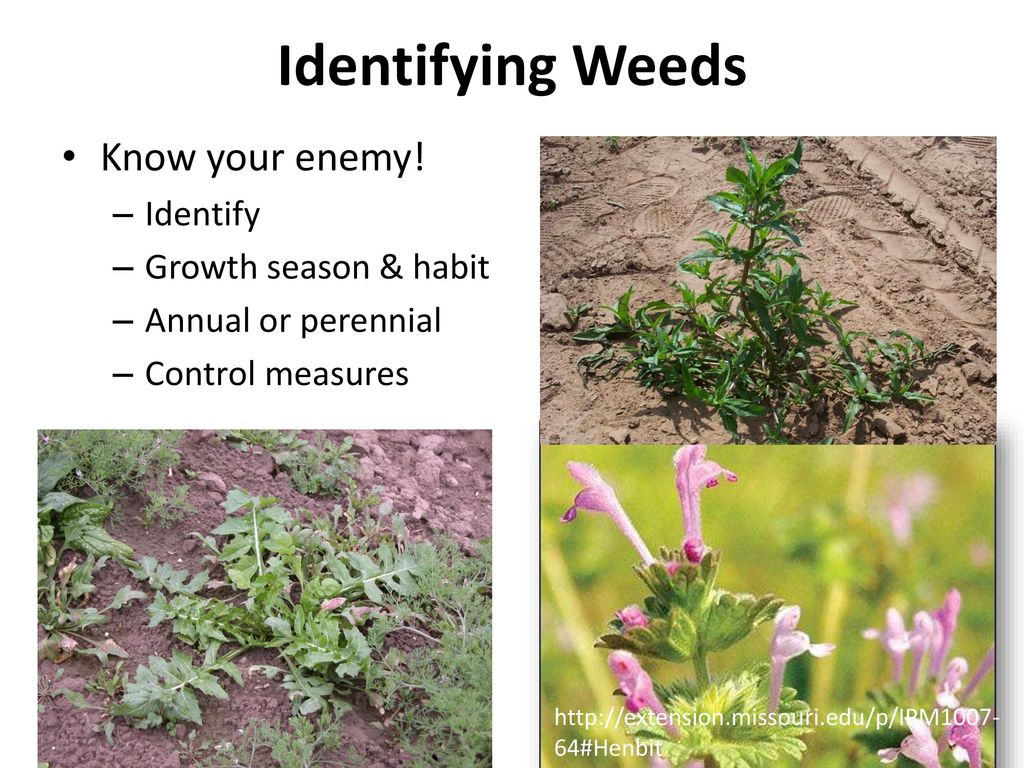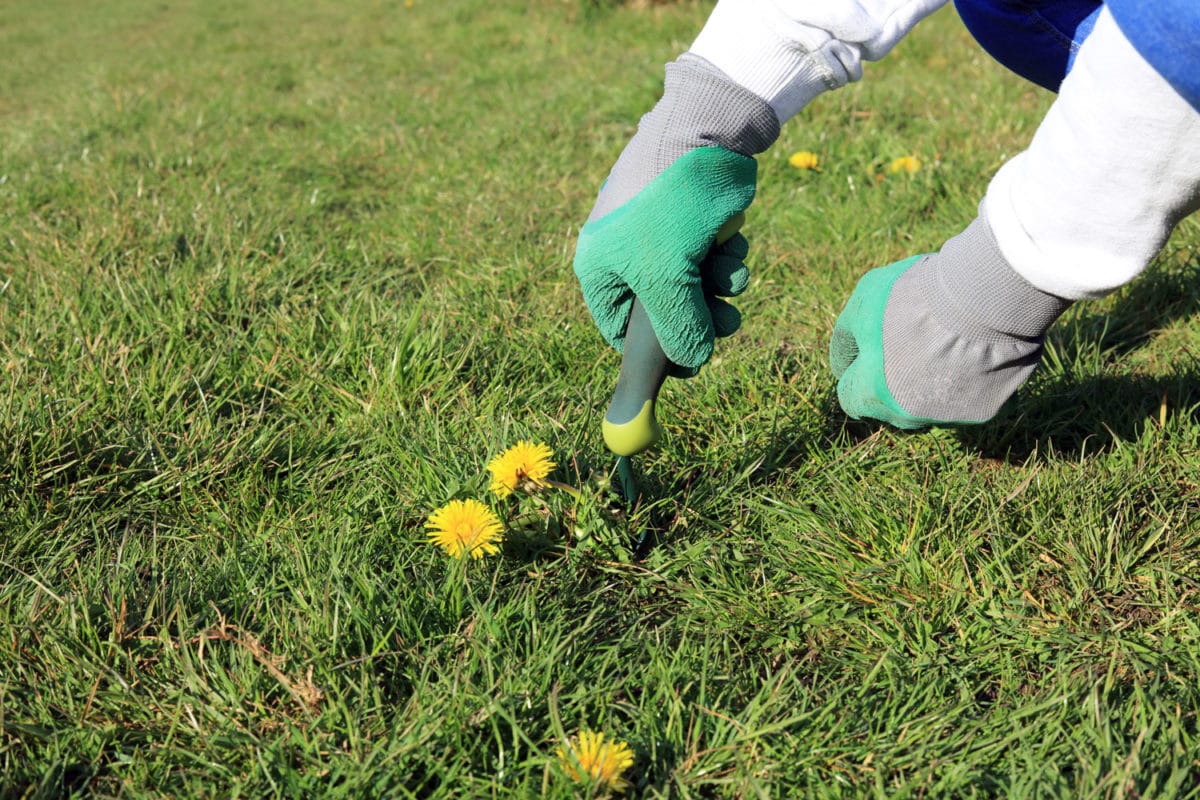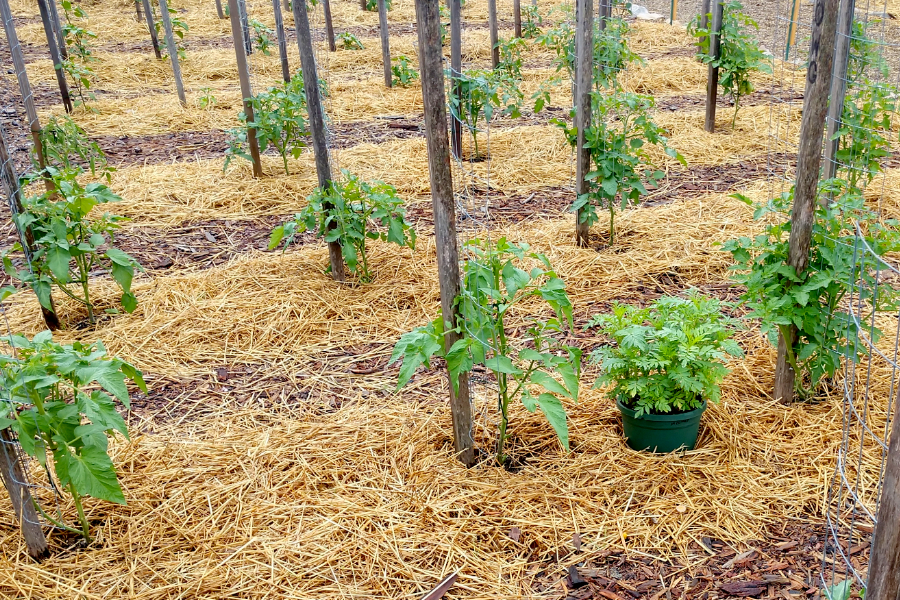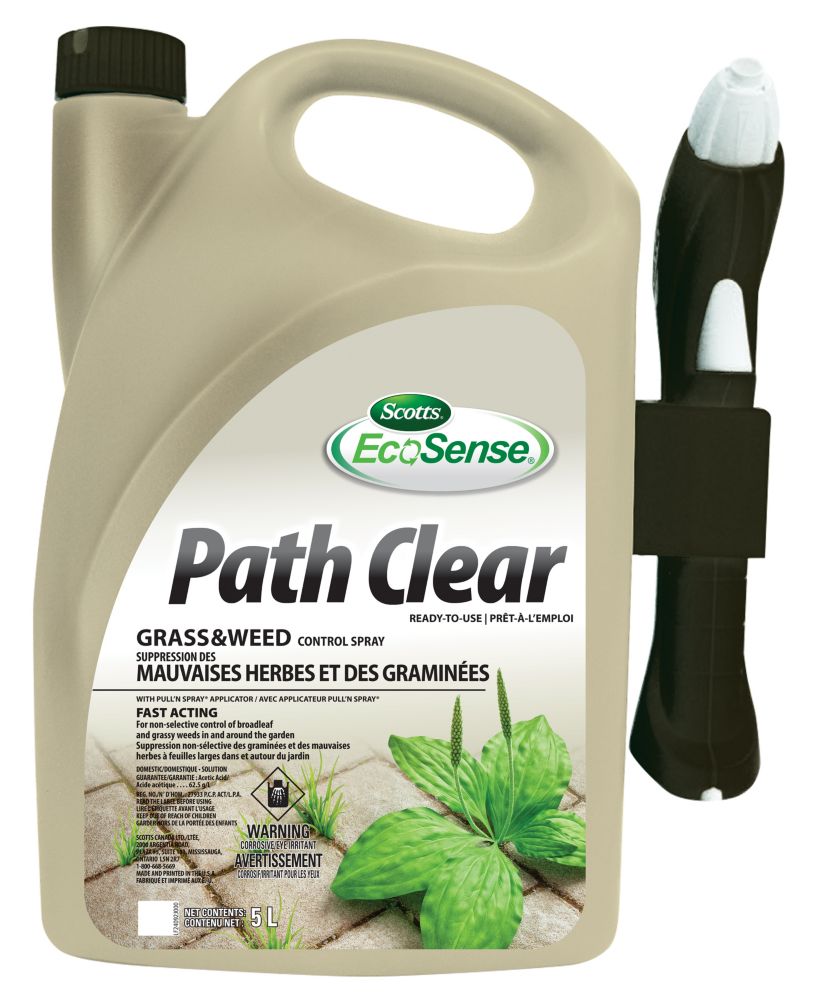Weeds in the Garden: The Uninvited Guests
Weeds are a persistent problem in gardens, capable of choking out desired plants, reducing crop yields, and creating an eyesore in an otherwise beautiful garden. Effective weed control is crucial for a healthy and thriving garden, as it allows desired plants to receive the necessary water, nutrients, and sunlight to grow. Without proper weed control, gardens can quickly become overrun, leading to a decrease in productivity and aesthetic appeal. In fact, learning how to get rid of weeds in garden is essential for maintaining a well-managed garden. By understanding the impact of weeds and the importance of effective control, gardeners can take the first step towards a weed-free garden.
Understanding the Enemy: Types of Weeds and Their Growth Habits
To effectively control weeds, it’s essential to understand the different types of weeds and their growth habits. Weeds can be classified into three main categories: annuals, perennials, and biennials. Annual weeds, such as crabgrass and pigweed, complete their life cycle within a year and produce seeds that can germinate quickly. Perennial weeds, like dandelions and thistles, can live for multiple years and often have extensive root systems that make them difficult to eradicate. Biennials, like bull thistle and musk thistle, take two years to complete their life cycle and can produce thousands of seeds. Understanding the growth habits of these weeds, including seed dispersal, root systems, and adaptability, is crucial for targeting weed control efforts. For instance, knowing that annual weeds produce seeds quickly can inform the timing of physical removal methods, such as hand-pulling or hoeing, to prevent regrowth. By understanding the enemy, gardeners can develop effective strategies for how to get rid of weeds in garden and maintain a healthy and thriving garden.
How to Get Rid of Weeds: Physical Removal Methods
Physical removal methods are a simple and effective way to get rid of weeds in garden. Hand-pulling, hoeing, and digging are three common methods that can be used to remove weeds. Hand-pulling is a great way to remove weeds when they are still young and their roots are not yet established. Hoeing is a more aggressive method that involves using a tool to cut the weeds at the soil surface. Digging is a more labor-intensive method that involves removing the entire root system of the weed. To make these methods more effective, it’s essential to remove weeds when they are most vulnerable, such as during periods of drought or when they are in the seedling stage. Additionally, removing weeds before they produce seeds can prevent regrowth and reduce the risk of further infestation. When using physical removal methods, it’s also important to take steps to prevent regrowth, such as mulching or using a weed barrier. By combining physical removal methods with preventative measures, gardeners can effectively get rid of weeds in garden and maintain a healthy and thriving garden.
Organic Weed Control: Using Mulch, Compost, and Boiling Water
For gardeners who prefer a more natural approach, organic weed control methods offer a effective and environmentally friendly way to get rid of weeds in garden. One of the most popular organic methods is the use of mulch. Mulch can be made from a variety of materials, including wood chips, straw, and leaves, and works by blocking light and preventing weeds from germinating. Another organic method is the use of compost. Compost can help to improve soil health, making it more difficult for weeds to grow. Additionally, boiling water can be used to kill weeds without the use of chemicals. This method involves pouring boiling water directly on the weeds, scalding them and killing them without harming the surrounding soil or plants. These organic methods can be used alone or in combination with physical removal methods to create a comprehensive weed control strategy. For example, using mulch to prevent weeds from growing, and then using boiling water to kill any weeds that do manage to germinate. By incorporating organic methods into their weed control strategy, gardeners can create a healthy and thriving garden without relying on chemical herbicides.
Chemical Weed Control: Selective and Non-Selective Herbicides
Chemical weed control methods involve the use of herbicides to kill weeds. There are two main types of herbicides: selective and non-selective. Selective herbicides target specific weeds, leaving desired plants unharmed. Non-selective herbicides, on the other hand, kill all vegetation, making them useful for clearing large areas of weeds. While chemical weed control methods can be effective, they also have potential drawbacks. Herbicides can contaminate soil and water, posing risks to human health and the environment. Additionally, overuse of herbicides can lead to the development of “superweeds” that are resistant to the chemicals. To minimize risks, it’s essential to follow label instructions carefully and take precautions to avoid overspray or drift onto desired plants. When considering chemical weed control methods, gardeners should weigh the benefits against the potential risks and consider alternative methods, such as physical removal or organic control methods, to get rid of weeds in garden. By understanding the pros and cons of chemical weed control, gardeners can make informed decisions about the best approach for their garden.
Prevention is the Best Defense: How to Prevent Weeds from Growing
Preventing weeds from growing in the first place is a crucial aspect of effective weed control. By taking proactive measures, gardeners can reduce the likelihood of weeds taking over their garden and minimize the need for removal methods. One of the most effective ways to prevent weeds is through proper soil preparation. This includes removing debris, tilling the soil, and adding organic matter such as compost or manure. Crop rotation is another key strategy, as it disrupts the life cycle of weeds and reduces the risk of infestation. Additionally, using weed barriers, such as landscape fabric or plastic sheeting, can prevent weeds from germinating. Other prevention methods include maintaining a healthy lawn through proper mowing, watering, and fertilizing, as well as using mulch to suppress weed growth. By incorporating these prevention strategies into their gardening routine, gardeners can reduce the time and effort spent on removing weeds and focus on nurturing their desired plants. By preventing weeds from growing, gardeners can create a thriving and healthy garden, and learn how to get rid of weeds in garden more effectively.
Weed Control Tools and Equipment: Making the Job Easier
Effective weed control requires the right tools and equipment. Having the proper gear can make the task of removing weeds less daunting and more efficient. For small gardens, handheld tools such as hoes, cultivators, and weeding forks are ideal for removing weeds. These tools are lightweight, easy to use, and allow for precise control when removing weeds. For larger gardens, consider using long-handled tools such as garden forks, rakes, and weeders. These tools provide more leverage and can cover more ground, making them perfect for tackling larger weed infestations. Flame weeders are another effective tool for killing weeds without using chemicals. They work by applying heat directly to the weed, killing it without harming the surrounding soil or plants. When choosing tools and equipment, consider the type of weeds you are dealing with, the size of your garden, and your personal comfort level with different methods. By investing in the right tools and equipment, gardeners can make the process of how to get rid of weeds in garden easier and more manageable, saving time and energy in the long run.
Maintenance is Key: Ongoing Weed Control Strategies
Ongoing weed control efforts are crucial to maintaining a healthy and thriving garden. Weeds can quickly regrow and spread if not consistently monitored and removed. Regularly inspecting the garden for signs of weed growth and taking prompt action can prevent infestations from getting out of control. This includes staying vigilant during peak growing seasons and adapting weed control strategies as needed. For example, adjusting the timing of physical removal methods or switching to organic or chemical control methods may be necessary to stay ahead of weed growth. Additionally, incorporating preventative measures, such as crop rotation and soil preparation, into the gardening routine can help reduce the likelihood of weed growth. By staying proactive and committed to ongoing weed control, gardeners can enjoy a weed-free garden and focus on nurturing their desired plants. Remember, effective weed control is an ongoing process, and staying on top of it is key to learning how to get rid of weeds in garden for good.








